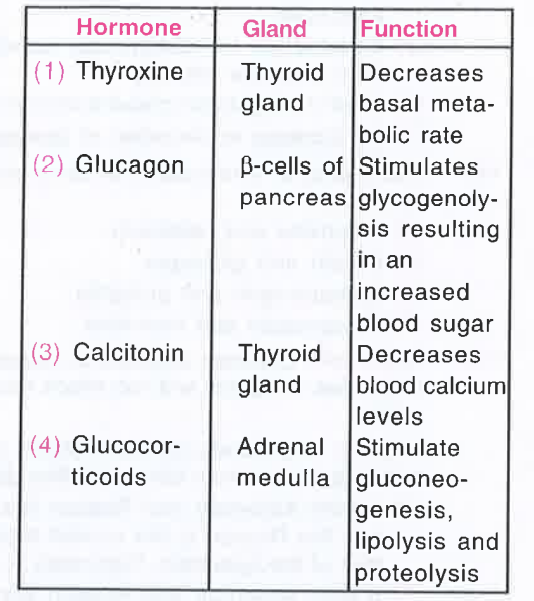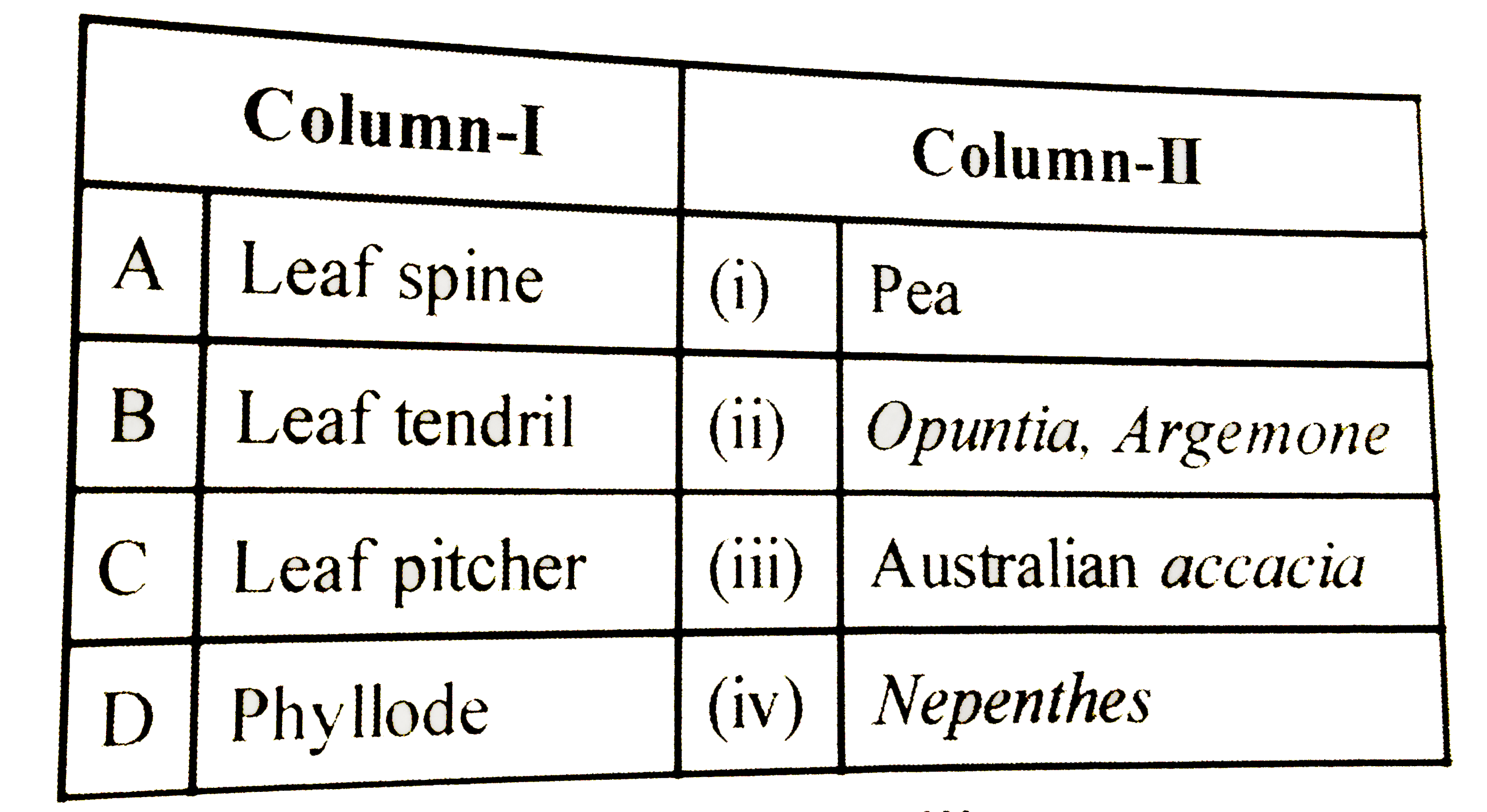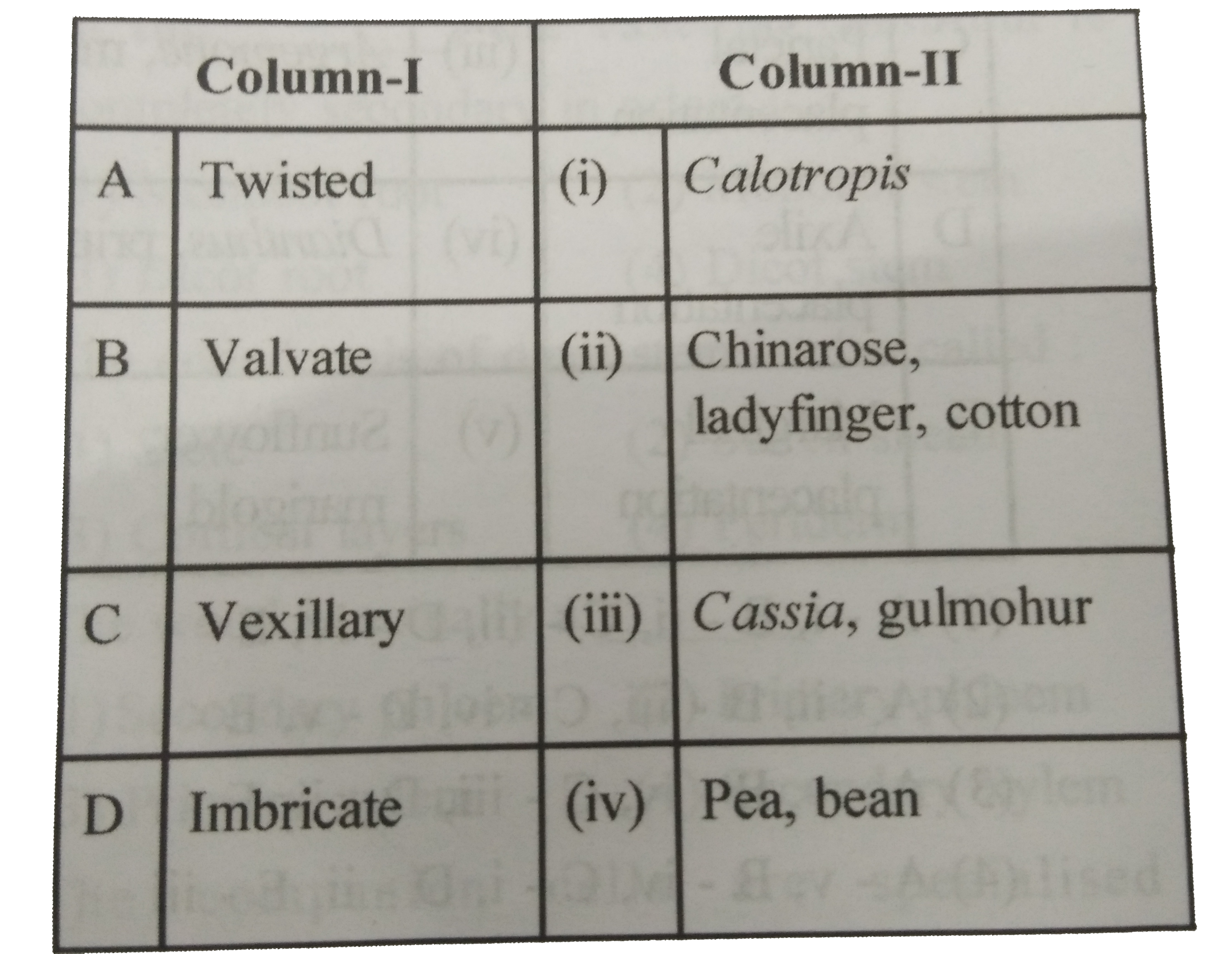Find out the incorrect match.
Sibling species - Morphologically identical, but reproductively isolated
Convergent evolution - Darwin's finches
Directional selection - Evolution of giraffe
Balancing selection - Sickle cell anaemia
To solve the question of finding the incorrect match among the given evolutionary terms and their explanations, we will analyze each term and its corresponding explanation step by step.
1. Understanding Sibling Species:
- Sibling species are defined as morphologically identical species that do not interbreed. They are reproductively isolated despite having similar physical characteristics.
- Example: Drosophila species that look alike but do not interbreed.
- Match Status: Correct match.
2. Analyzing Balancing Selection:
- Balancing selection refers to the process where two or more alleles are maintained in a population due to selective pressures.
- Example: Sickle cell anemia, where heterozygous individuals (carriers of one sickle cell allele and one normal allele) have a survival advantage in malaria-prone areas.
- Match Status: Correct match.
3. Evaluating Directional Selection:
- Directional selection occurs when one extreme phenotype is favored over others, leading to a shift in the population's traits.
- Example: The evolution of giraffes, where individuals with longer necks are better at reaching food in tall trees.
- Match Status: Correct match.
4. Examining Convergent Evolution:
- Convergent evolution occurs when unrelated species evolve similar traits due to similar environmental pressures.
- Example: The Darwin finches are often cited as an example of adaptive radiation and natural selection, not convergent evolution.
- Match Status: Incorrect match.
5. Conclusion:
- The incorrect match is between convergent evolution and Darwin finches. The Darwin finches are better associated with natural selection rather than convergent evolution.
Final Answer:
The incorrect match is convergent evolution and Darwin finches.
---
- Sibling species are defined as morphologically identical species that do not interbreed. They are reproductively isolated despite having similar physical characteristics.
- Example: Drosophila species that look alike but do not interbreed.
- Match Status: Correct match.
- Balancing selection refers to the process where two or more alleles are maintained in a population due to selective pressures.
- Example: Sickle cell anemia, where heterozygous individuals (carriers of one sickle cell allele and one normal allele) have a survival advantage in malaria-prone areas.
- Match Status: Correct match.
- Directional selection occurs when one extreme phenotype is favored over others, leading to a shift in the population's traits.
- Example: The evolution of giraffes, where individuals with longer necks are better at reaching food in tall trees.
- Match Status: Correct match.
- Convergent evolution occurs when unrelated species evolve similar traits due to similar environmental pressures.
- Example: The Darwin finches are often cited as an example of adaptive radiation and natural selection, not convergent evolution.
- Match Status: Incorrect match.
- The incorrect match is between convergent evolution and Darwin finches. The Darwin finches are better associated with natural selection rather than convergent evolution.
The incorrect match is convergent evolution and Darwin finches.
Topper's Solved these Questions
Similar Questions
Find out the correct match-
View SolutionFind out the correct match:-

View SolutionFind out the correct match

View SolutionFind out the correct match

View SolutionFind out the correct match
View SolutionFind out the correct match
View SolutionFind out the correct match :-

View SolutionFind out the correct match :-

View SolutionFind out the correct match :-

View SolutionFind out the correct matching:

View Solution
